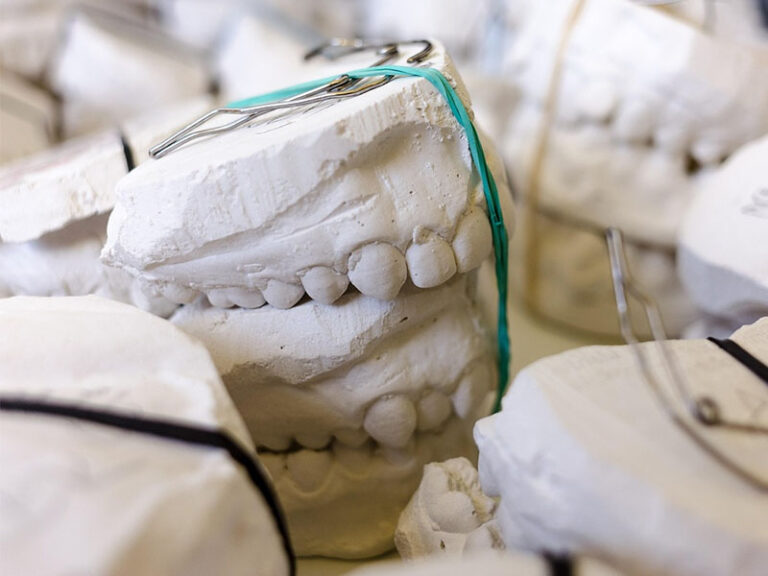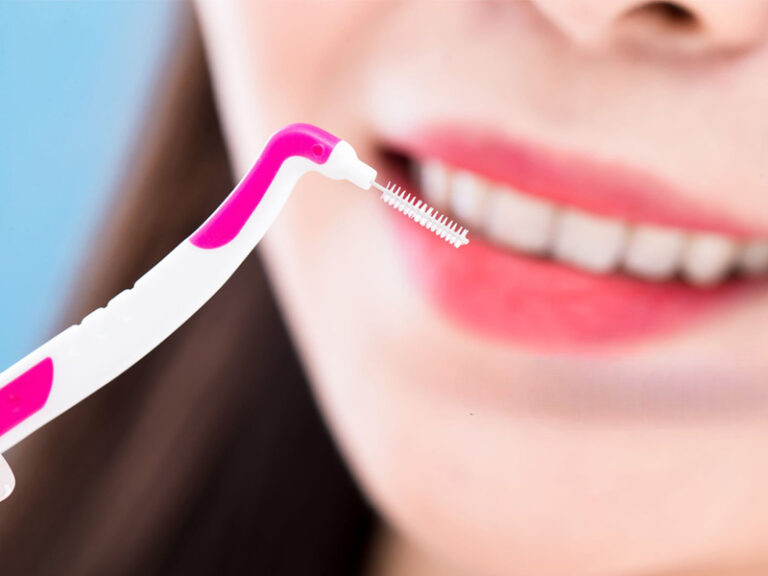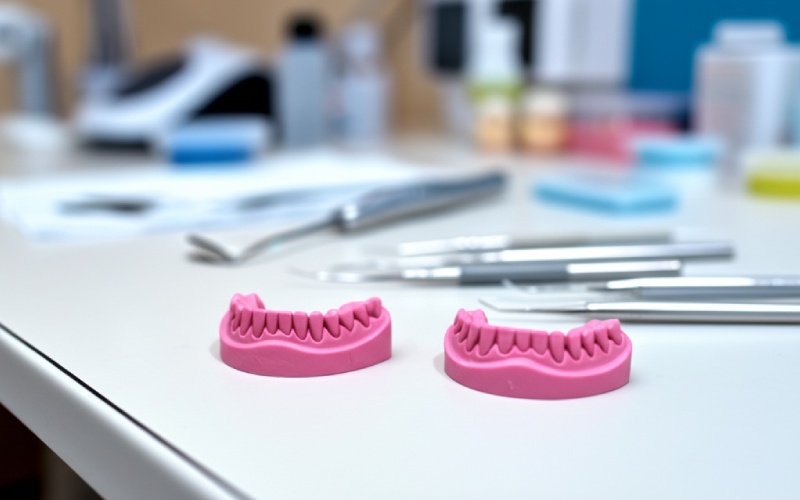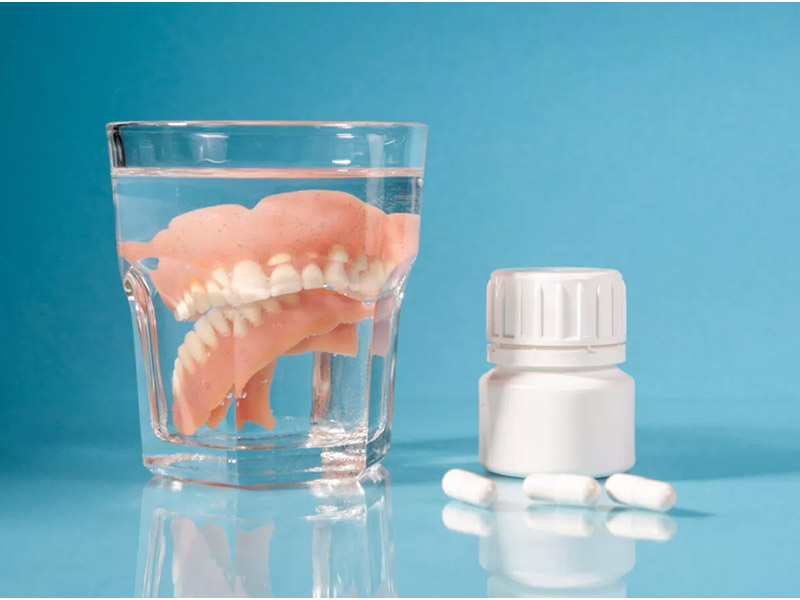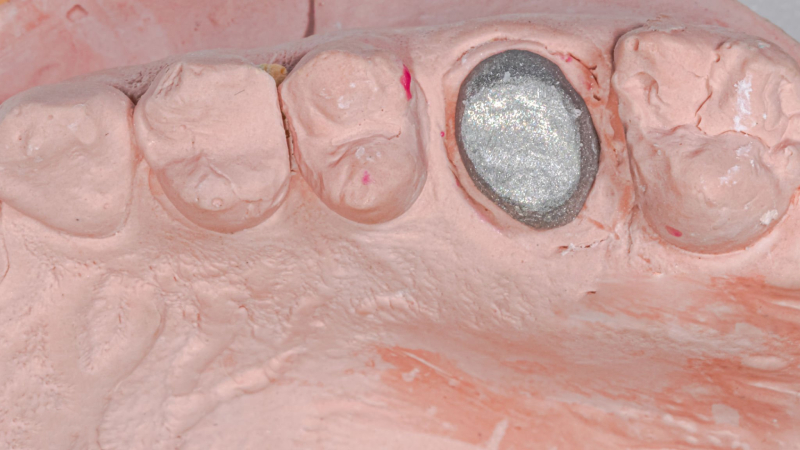
PFM Metal Oxidation Process & Porcelain-Metal Bond Failure
Table of Contents
What You Will Learn
In this big guide, we will talk about:
- Why PFM crowns break
- How metal gets rusty under porcelain
- Ways to stop breaks from happening
- New things that work better
What Are PFM Crowns?
PFM means Porcelain Fused to Metal. These are teeth caps that have metal inside and pretty white porcelain outside. Dentists use them to fix broken teeth.
The metal gives strength. The porcelain looks like a real tooth.
But sometimes, the porcelain and metal do not stick together well. This is a big problem.
How Metal Oxidation Happens
When metal gets hot in the oven, it mixes with air. This makes a thin rusty layer called an oxide layer. This layer helps the porcelain and metal stick together.
But if the layer gets too thick or too thin, big problems happen!
“Ni-Cr alloys form 2–5 µm oxide layers during firing. The right thickness is very important.”
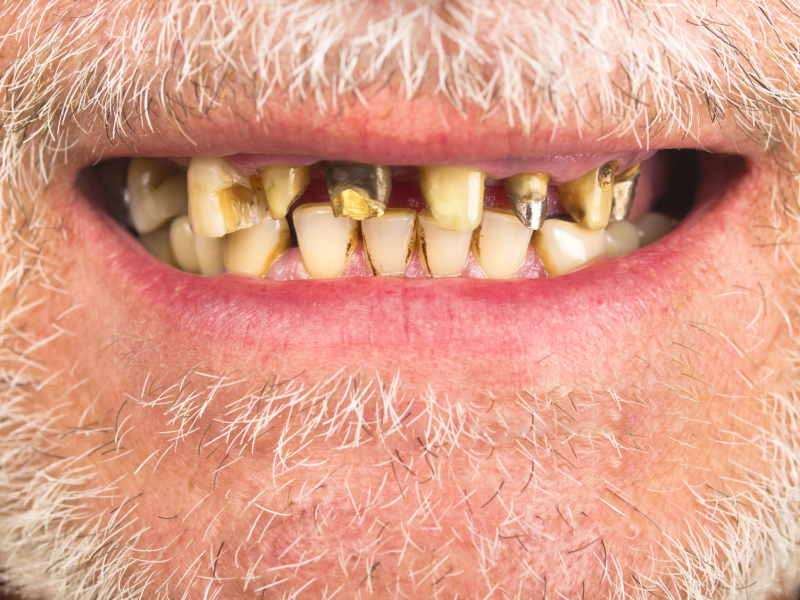
What Makes Oxidation Better or Worse?
- Too Hot Oven: Makes too much oxide
- Wrong Metal: Some metals rust more than others
- Dirty Metal: Oil or dust stops good sticking
Why Porcelain and Metal Break Apart
The top reasons PFM crowns fail:
- Big Cracks (25% of all fails)
- Little Chips (13% of all fails)
- Tiny Bubbles (31% of all fails)
- Wrong Color (13% of all fails)
The Main Problems That Cause Breaks
- Different Stretching: Metal and porcelain grow at different speeds when hot
- Weak Rusty Layer: If the oxide is wrong, things come apart
- Tiny Air Bubbles: These make weak spots in the porcelain
Dr. Smith from Dental University says: “The bond between porcelain and metal is like glue between two very different materials. If not done right, they will come apart.”
Things That Make Bonds Fail
Let’s see what makes PFM crowns break:
Metal Choices Matter
| Metal Type | Good Things | Bad Things |
|---|---|---|
| Ni-Cr | Cheap | Can rust more |
| Co-Cr | Less rust | Costs more |
| Gold Mix | Best bond | Very costly |
Making Mistakes
- Wrong Cooking Time: Makes porcelain too weak
- Bad Cleaning: Sand must be shot at metal to make it rough
- Dirty Tools: Oil from hands can stop good bonding
Things Patients Do
- Teeth Grinding: Puts too much push on the crown
- Hot and Cold Food: Make the metal and porcelain pull apart
How to Stop Bond Failure
Best Lab Practices
- Right Pre-Oxidation: Get the oxide layer just right
- Good Testing: Make sure bonds are strong enough (≥25 MPa)
- Clean Everything: No oils or dust allowed!
New Materials That Help
- Zirconia crowns work better for back teeth where pushing is strong
- Special Glues (silane agents) make bonds 30% stronger
Tips for Dentists
- Don’t use PFM for patients who grind teeth
- Tell patients to wear night guards to protect crowns
Real Cases of PFM Problems and Fixes

Case 1: The Bubbling Crown
A 45-year-old man had a front tooth PFM crown that looked dark at the top after 2 years. The lab found tiny bubbles in the porcelain-metal meeting spot. They didn’t clean the metal right before making it.
Case 2: New Technology Wins
SLM titanium (made by lasers) works better with no pre-oxidation at all! A study showed 0% bond failure after 5 years.
Things to Look For
If you see these things, your PFM crown might be failing:
- Dark line at the gum
- Clicking sound when tapping
- Chipped porcelain
- Pain when biting
Better Choices Than PFM
If you have problems with PFM crowns, try these:
- Full zirconia crowns: Super strong, no metal
- E-max crowns: Look very real, good for front teeth
- Implants with zirconia tops: Best long-term fix
Common Questions
Can you fix a broken PFM crown?
Not really. Most times you need a whole new crown.
How long do PFM crowns last?
About 10-15 years if made well and you take good care.
Are there safer options than PFM?
Yes! Zirconia crowns and lithium disilicate (E-max) work well.
Summary
PFM crowns can fail when the metal oxidation process goes wrong. The most common problems are:
- Bubbles in the bond (31%)
- Cracks in the porcelain (25%)
- Chipping at the edges (13%)
The best ways to prevent failure:
- Good lab work with right temperatures
- Use right metals for each case
- Clean properly before bonding
- Get patients to wear night guards if they grind
For tough cases, think about all-ceramic options instead.

